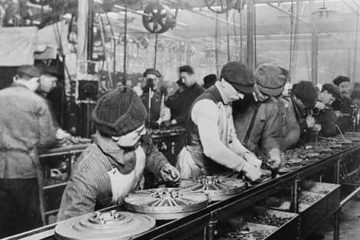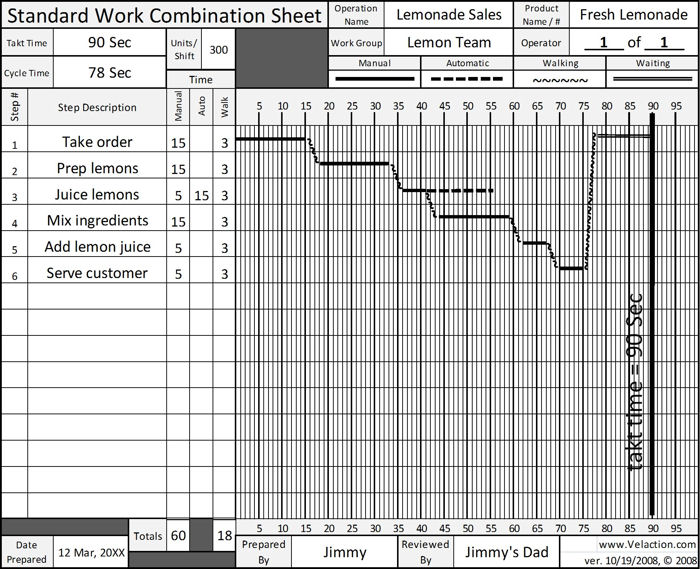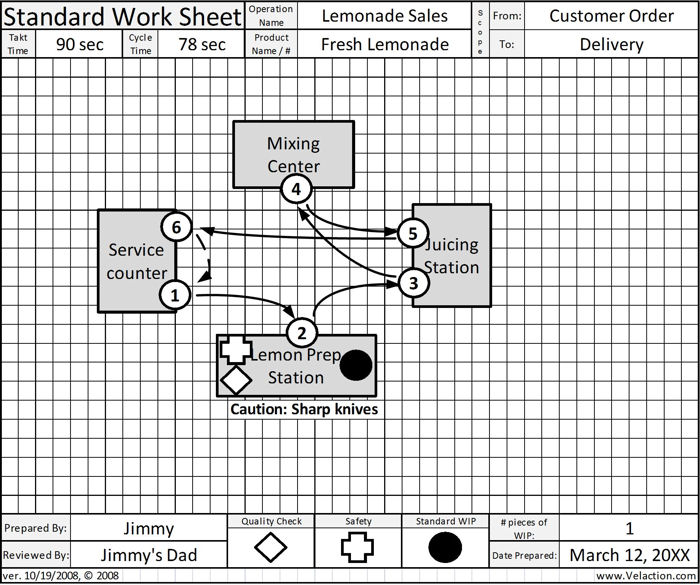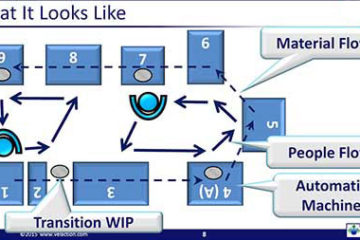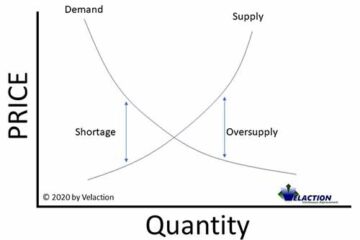Lean Terms
Assembly Lines
Henry Ford is generally considered to be the inventor of the assembly line. In reality, he should be credited with the transition of the assembly line into the modern version of it. Primitive versions had been around in England for about a century. Henry Ford’s primary improvement was focusing the Read more…
